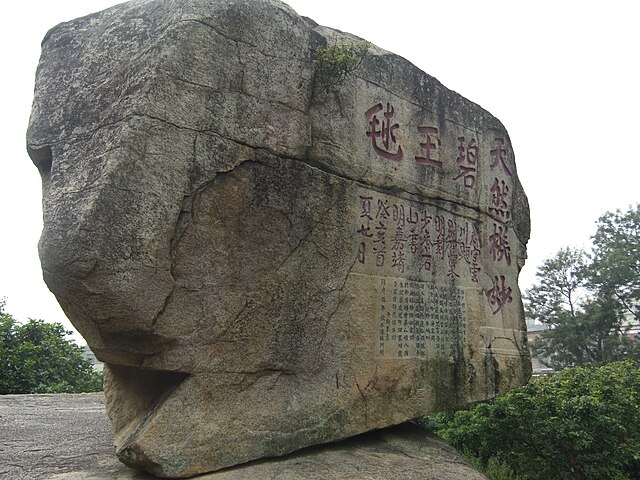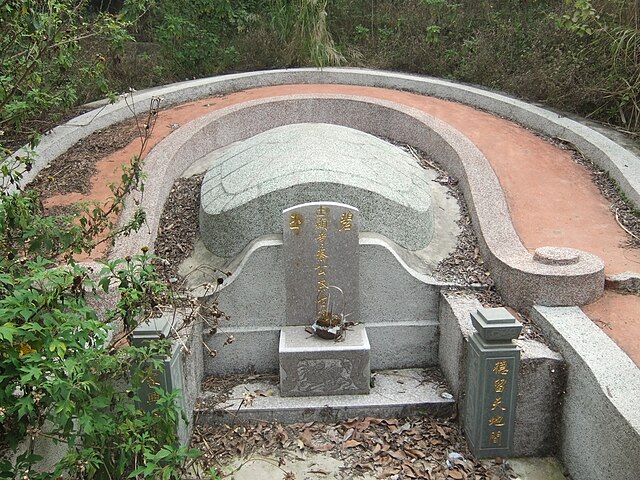If you are the Emperor of China, or just the chairman of a district government, and want to make an important statement, how do you do express your message? That's write: you have it written in stone, and then put the stone on top of stone turtle. Such turtles, which became known as bixi since no later than the Ming Dynasty, come by dozens in cities with strong imperial or Confucian connection, such as Nanjing or Qufu. Even Wuhan has at least one.
What about Quanzhou? Nestled on a river estuary off the remote Taiwan Strait coast, it has never been the capital of anything - but it still has a rich cultural history of its own. Would we see any stone-tablet-toting tortoises in its streets and squares?
The answer is a resounding "yes". Without specially looking (well, almost), I encountered half a dozen of them in a few days of sight-seeing.
The most remarkable of Quanzhou's stone turtles is, no doubt, the one that occupies the place of honor in the main yard of the famous Kaiyuan Temple. It has lost its stele, and I did not see any information about it posted nearby, but it certainly is of considerable antiquity, and has very much a style of its own - quite different from pretty much all bixi turtles I've seen elsewhere.

This one, although very much in the Qing style, was actually erected by the district authorities in 1998. It carries a stele commemorating the dredging of the Sunwu Creek, which is apparently of importance for the local flood control.
These two are pretty recent as well, as probably is [the current incarnation of] the gate itself.
A different kind of turtle
A traditional grave of southern Fujian's coastal areas: a turtle-back mound surrounded by an Ω-shaped ridge. This was described by de Groot in the late 19th century already.
You see turtle-back graves like this all along the coast, from Hui'an to Xiamen, and in Kinmen as well. They are said to be common in Japan's Ryukyu Islands (Okinawa) as well.
While turtle-back tombs are the predominant type in Quanzhou's Lingshan Islamic cemetery as well, there is also a more Islamic version, where the Ω-shaped ridge is kept, but the "turtle mound" is replaced by a typical Islamic sarcophagus (or several) - just like those you'd see in a mausoleum in Kashgar or Istanbul.
Koxinga's equestrian statue seen on the horizon
[Previous: Lingshan Islamic Cemetery] [Next: Jinmen (Kinmen) ferries]




















